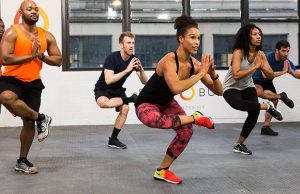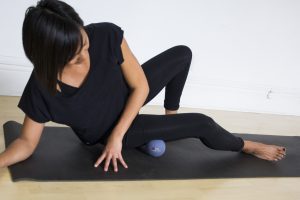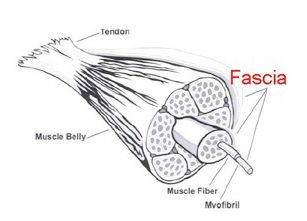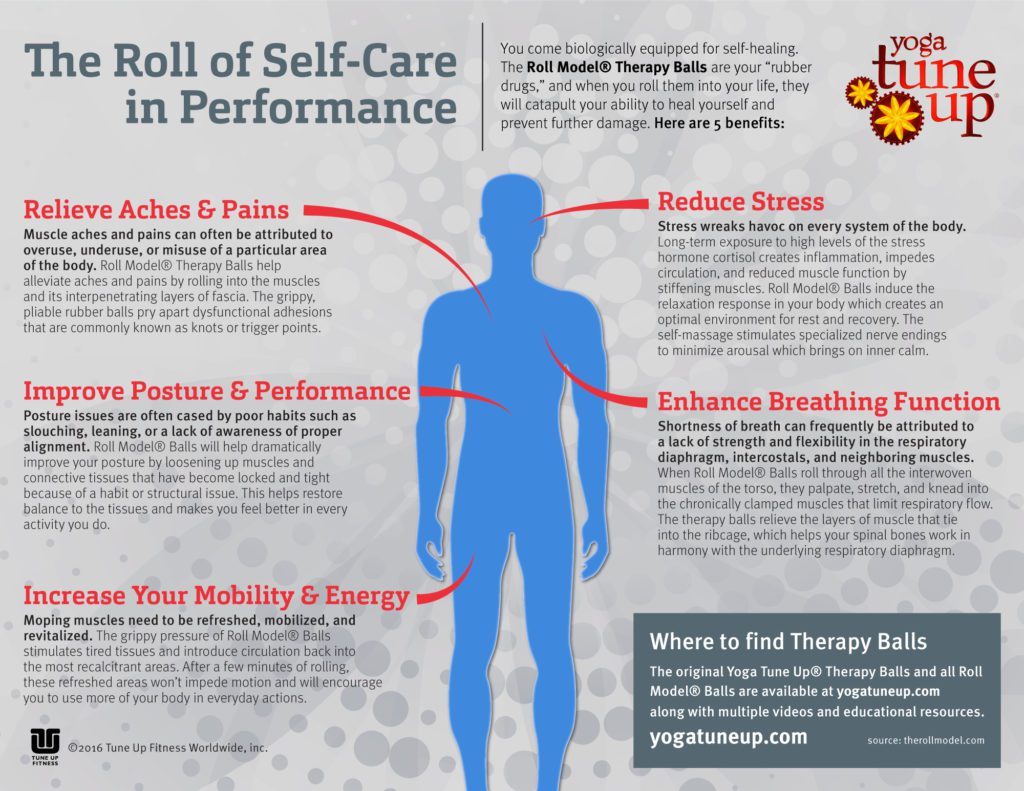mo·bil·i·ty 
noun
- the ability to move or be moved freely and easily.
Why We Mobilize
What if you had the power to Relieve Pain, Prevent Injury, Improve Performance? If you knew that you could prevent a disease from crippling you 20 years from now, wouldn’t you do everything in your power to avoid the triggers that result in that disease? This is why we mobilize!
Why We Mobilize? Pain is an Epidemic
Pain prevents you from performing at your best because it robs you of concentration and power. But pain is preventable, treatable and within your grasp to heal.
Mobility awakens your body’s resilience to erase pain, relieve stress, and improve performance. As a result, you can take healing into your own hands.

Stretching only focuses on lengthening short and tight muscles. Mobilization, on the other hand, is a movement-based integrated full-body approach that addresses all the elements that limit movement and performance. This includes short and tight muscles, soft tissue restriction, joint capsule restriction, motor control problems, joint range of motion dysfunction, and neural dynamic issues. “Hard bodies” soften to the sensation of self-care. In short, mobilization is a tool to globally address movement and performance problems.
Self-massage is a fundamental practice for fostering internal anatomical “listening skills” and enhancing embodiment. Through mobility, people have triumphed over chronic pain, illness, emotional trauma and prevented surgery by using trans-formative methods.
Fascia and Proprioception
Fascia is the ubiquitous living seam system in your body that threads your tissues to one another. It is just one of many types of connective tissue in your body, but it is the tissue that plays the biggest role in mobility. 
Wherever the Therapy Balls roll, they impact your body’s fasciae.
Proprioception is “body awareness”, kind of a sixth sense. For example, your posture follows you like a shadow. Posture has a ripple effect into everything you do. Unfortunately, many choices lead to degenerative vertebrae, bulging disks, herniated abdomens, torn knee cartilage, or stress fractures in hips, to name a few examples. These very preventable musculoskeletal ailments are hurting not just us, but also our wallets, our healthcare system, and our economy.
What we do to steward this:
Whether you’re a top athlete who wants to improve your performance or a new mama with sore shoulders, the treatment is the same. Your tissues need comprehensive, integrated strategies to restore optimal performance so that you can do what you want to do, more effectively and pain-free.

Learning SMR Techniques

What’s necessary is a soft-tissue conditioning, self-care fitness format that uses the various therapy balls for self-myofascial release (self-massage). This may include breath work, CheckIn and ReCheck, elements of alignment, anatomy instruction and mental awareness (such as conscious relaxation). The sequences don’t take long but the time you spend on the balls each day will begin to add up, and it will uncover and erase pains that were previously hiding in plain sight. You’ll also remodel your body into a supple fortress that pain cannot penetrate. Self-massage presents a concrete road-map for pain management, body ease, and movement efficiency.
Mobility info from Yogatuneup.com.
